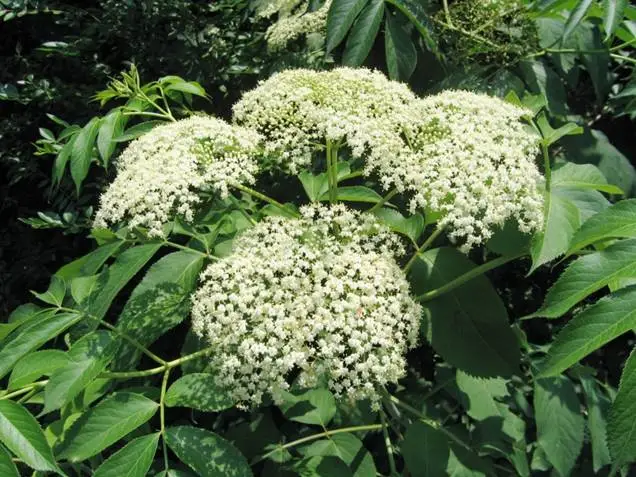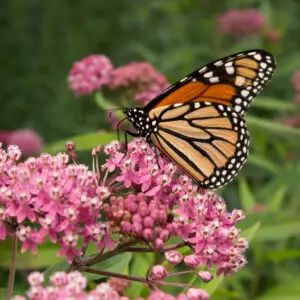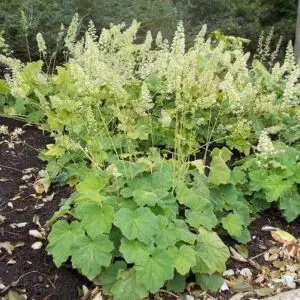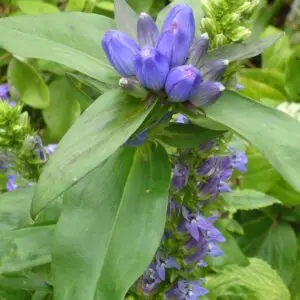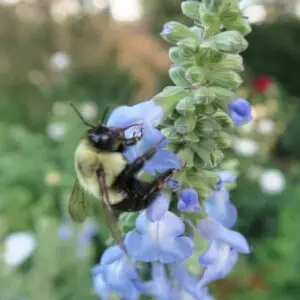| Size | Trade Gallons, Two Gallons, Three Gallons |
|---|
Sambucus canadensis – Elderberry (B&B..DR.DRGHT.FRT.H.NB.OP)
$25.00
Ecosystem Services:
(B)-Birds (B&B)-Birds & Butterflies
(BTF)-Butterflies (BW)-Black Walnut Resistant
(DR)-Deer Resistant (DRGHT)-Drought Resistant
(EC)-Erosion Control (EVR)-Evergreen
(FC)-Fall Color (FRG)-Fragrant
(GRD)-Groundcover (H)-Host plant
(HMR)-Hummingbirds (M)-Mammals
(MTH)-Moths (N)-Nectar
(NB)-Native Bees (NST)-Nesting Material
(OP)-Other pollinators (RR)-Rabbit Resistant
(SHWY)-Showy (SPC)-Specimen Plant
Black elder is a large multi-stemmed deciduous shrub or small tree in the Viburnaceae family native to Europe. The Latin name sambuca means harp and nigra means black referring to the color of the fruits. It can grow at a rapid pace through root suckering to 8 to 20 feet tall and wide.
Plant in moist, high organic matter, well-drained soil though it tolerates a wide range of soils including heavy clay. Full sun to partial shade though it flowers and fruits best in the full sun. This shrub grows rapidly through suckering and through self-seeding forms colonies easily so immediately prune back any unwanted suckers.
The leaves are large and deeply divided and are distinctive for their unpleasant fragrance when crushed. The white flowers with a musky fragrance appear in the summer attracting butterflies and are followed by black fruits. The attractive black fruits are edible and are used for making pies, wines, and jellies as well as being forage for birds. The fruits are not considered as delicious as the American elderberry (Sambucus canadensis) Increased fruit yield is achieved by planting multiple cultivars in the same area.
It does best in a background planting, as an informal hedge and with enough room to naturaliz
Host plant for several species of butterflies and moths, including the Cecropia moth and the Polyphemus moth.

